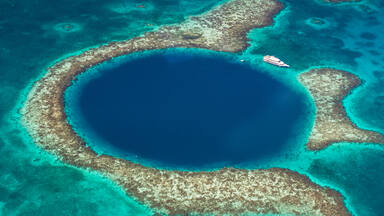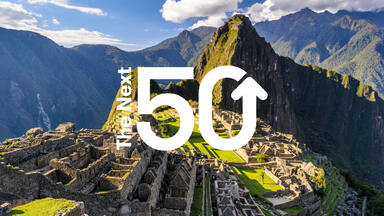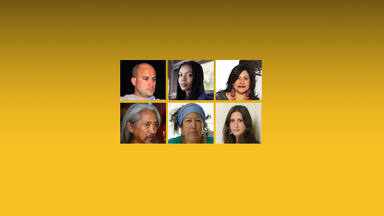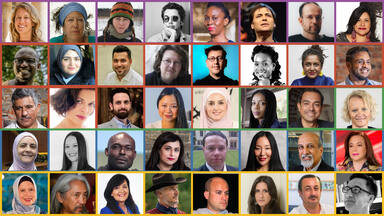Adrian Jo Milang
Practitioner of parapand takna', an oral tradition of the Kayan communities of Borneo and Community Manager at The TuyangInitiative
Mariam Kamara
Architect and founder of Atelier Masōmīi
Vision for the Next 50
In the Next 50… The culture and heritage of indigenous communities are unbound from prejudice and are recognized as key to expressing people’s true experiences and narrative.
In the Next 50… Local communities are empowered to provide knowledge shaped by their own context and experiences for better representation in the world. Local heritage serves as a tool for understanding and promoting these different narratives and traditions.
Summary
The dialogue between Adrian Jo Milang and Mariam Kamara focused on the importance of understanding the true narratives of local and indigenous communities. Adrian and Mariam concurred that local culture should not be confined to preconceived notions but must convey people’s real stories and experiences in their own context.
As a practitioner of Parap and Takna’, Adrian said that experience shared through his performance could tell the true story of his community. Harnessing the inherent power of communities is essential to better represent their culture and empower them economically, he added. Mariam pointed out that the existing knowledge base does not fully reflect the contexts and narratives of underrepresented countries; empowering local communities is key to moving towards balanced representation. She explained the link between local heritage and public space design, noting that understanding this heritage allows us to create public spaces that correspond to the real needs of communities.
Dialogue
Watch the dialogue
Explore other sessions
Five dialogue sessions covering five themes take place in 2022, each joined by thinkers in paired dialogue from diverse regions. The interdisciplinary dialogues inspire new visions for the next 50 years of World Heritage.



